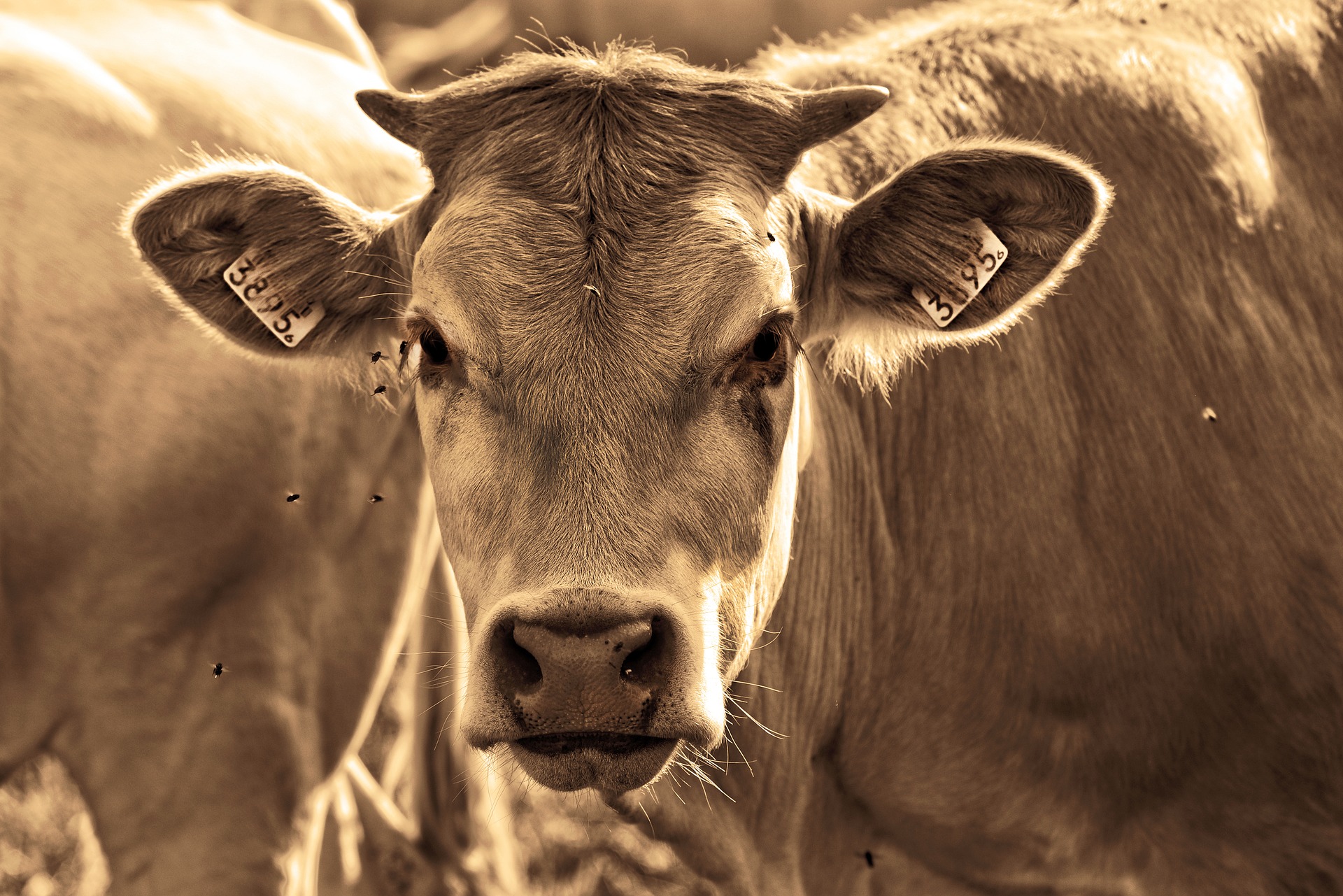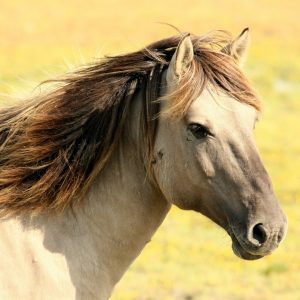Learn to describe common diseases in animals, how to recognise and treat these diseases and wounds. It is advisable to complete Animal Husbandry I before attempting this course.
E-Learning Structure
The duration of this online course is 100 hours. This consists of 10 in-depth lessons:
- Introduction To Animal Health
- Signs & Symptoms Of Diseases
- Disease Classification
- Causes & Diagnosis of Diseases
- Treatment Of Diseases
- Inflammation
- Fever & Immunity
- Tissue Repair
- Wounds
- Cell Changes
Course Aims
- List criteria used to assess the health status, including ill-health, of animals.
- Describe the different causes of ill-health in animals.
- Explain the methods used to prevent ill-health in animals.
- Write a standard procedure for a routine health examination of a chosen farm animal.
- Describe the symptoms of ill-health in animals.
- Compare the causes of two symptomatically similar health problems for a specified farm animal.
- Diagnose a health problem from a given set of symptoms.
- Distinguish, using labelled illustrations, between different taxonomic classes of animal pest and disease organisms.
- Describe identifying characteristics of four different disease carrying agents of specified farm animals.
- Classify commonly occurring pests and diseases of three different animals, into their taxonomic classes.
- Describe the characteristics of viruses, using illustrations and a report.
- Describe the characteristics of bacteria, using illustrations and a report.
- Describe the characteristics of protozoa, using illustrations and a report.
- Describe the characteristics of parasites, using illustrations and a report.
- Describe the characteristics of nutritional disorders, using illustrations and a report.
- Analyse the relevance of ten specified factors, to determining the health of a chosen species of farm animal.
- Describe the veterinary treatments available over the counter for on-farm use.
- Explain the vaccination programs used to treat two different specifies of farm animal.
- Describe the applications and techniques used for dips, to control external parasites in a specified farm animal.
- List the essential items for a First Aid Kit for a specified farm animal.
- Write guidelines for general procedures to follow when nursing sick farm animals.
- List the procedures employed in quarantine, using a chosen animal as an example.
- Describe the procedures for slaughtering a diseased ruminant in order to conduct a post-mortem examination.
- Prepare an illustrated, one page report on the post-mortem procedures of a ruminant.
- Compare two different methods used to control a specified disease in farm animals.
- Identify a suitable method of control for ten different, specified pests and diseases of farm animals.
- Differentiate between at least five factors which cause inflammation in animals.
- Develop a checklist for analysing inflammation in a chosen farm animal species.
- Explain the inflammatory response in a specific case study.
- Compare the different methods used to control inflammation in animals.
- Describe the function of the immune system in animals.
- List the agents which can cause fevers in animals.
- Explain the biology of fevers in a specified case study of a farm animal species.
- Explain the methods used in treating fevers in animals.
- Explain at least five factors which influence immune response in animals.
- Explain the characteristics of the immune system in a chosen farm animal species.
- Describe the composition of tissues at three different body sites, in terms of susceptibility to different types of internal and external damage.
- Compare the characteristics of different types of tissue damage.
- List factors, in terms of both rate of, and quality of repair; which influence tissue repair.
- Explain the biological processes, which occur as damaged tissue heals in animals.
- Compare the different effects of wounding, including psychological, physiological and anatomical, to three different parts of a specified animals body.
- Explain the different biological processes which occur following wounding, including: tissue repair and infection.
- Develop a checklist for the treatment of wounds in farm animals.
- List an appropriate treatment for each of five different types of wounds to 4 different species of farm animals.
- Describe post care treatment of the wounds as discussed above.
- Determine the potential causes of wounding of farm animals.
- Develop guidelines for prevention of wounds to farm animals, based on the potential causes identified above.
- Describe the different causes of cellular change in animals.
- Explain the general processes associated with cancer at a cellular level, in animals.
- Explain the cellular processes associated with death of animal tissue.
- List the factors which influence the rate and extent of cellular change in diseased animals.
- Monitor the health condition of a farm animal over a four month period.
- Observe, and prepare a report, on the veterinarian’s diagnostic process/ health assessment methodology, when inspecting three different farm animals.
- Diagnose the cause of three different health problems, detected in three different genera of farm animals.
- Develop a checklist of the diagnostic indicators of common health problems, which occur in three different farm animal species.
How Does A Warnborough Online Course Work?
You can start the course whenever is convenient for you. You will be studying from home and have access to support from our qualified tutors. Practical exercises and research tasks will be set at the end of each lesson – including an assignment. You will submit this assignment to your course tutor, who will mark your work and give you constructive feedback and suggestions.
If you have any questions please contact us.





